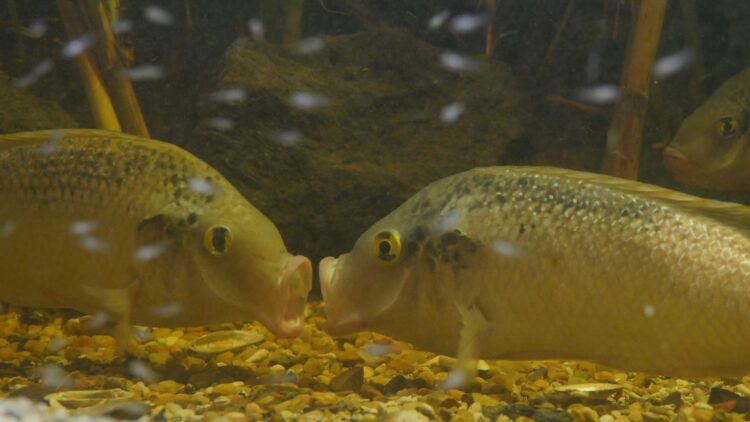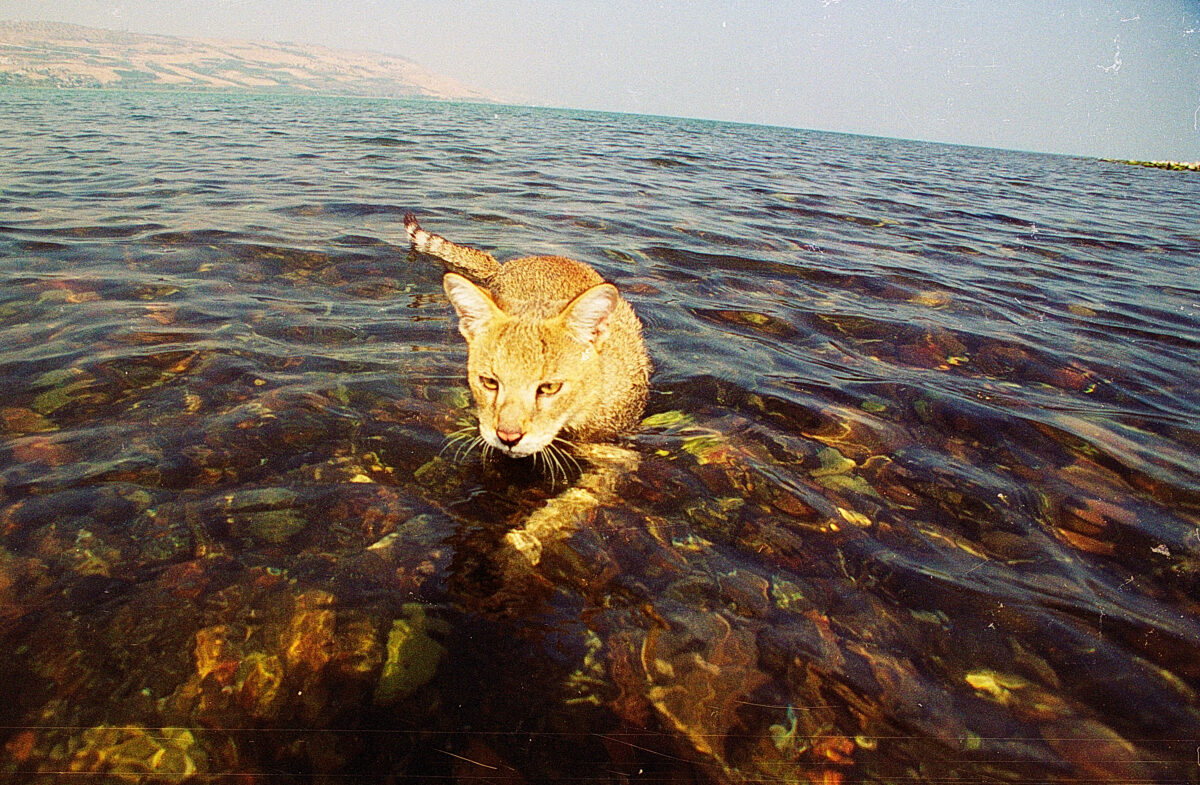Moshe Alpert’s spare and poetic documentary, Kinneret: Sea of Life, presents the Sea of Galilee, the world’s lowest freshwater lake, in a completely new and lyrical light. It is now available on the ChaiFlicks streaming platform.
Facing Israel’s old border with Syria, and lying in the shadow of the Golan Heights, this oval-shaped body of water in the Jordan Rift Valley, otherwise known as Lake Kinneret or Lake Tiberias, is about 200 meters below sea level, some 21 kilometers in length, approximately 13 kilometers in width and 53 kilometres in circumference.
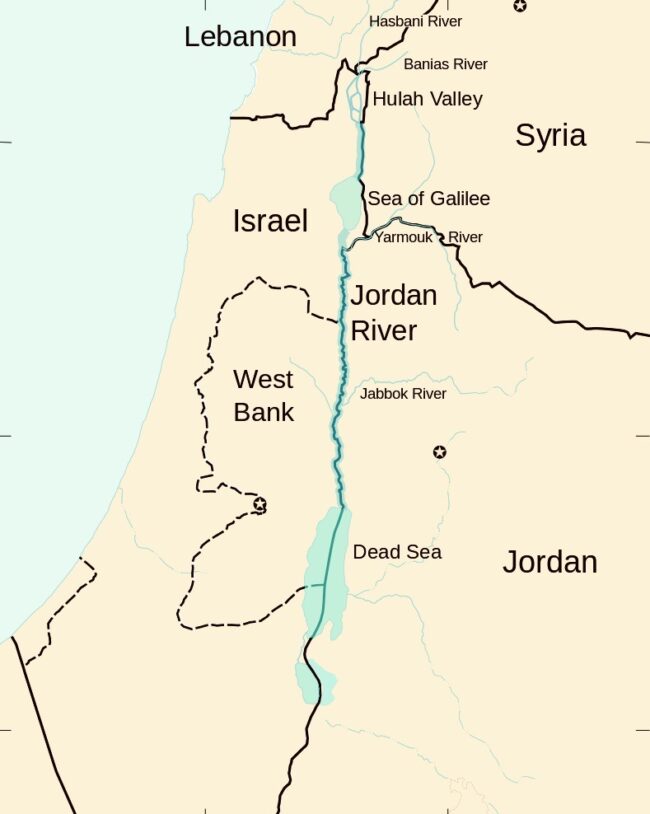
For a country as relatively arid as Israel, the Sea of Galilee is a a precious resource, a vital source of drinking water and a popular tourist attraction brimming with beaches and resorts.
I saw the lake for the first time shortly after the Six Day War, when I was a volunteer on one of the kibbutzim hugging its shores. I spent two months on Kibbutz Maagan, rising at 4 a.m. to pick grapes in vineyards close to the lake. After a day’s work, I would usually go for a swim in the lake, which was warm yet refreshing during the long, humid summer months.
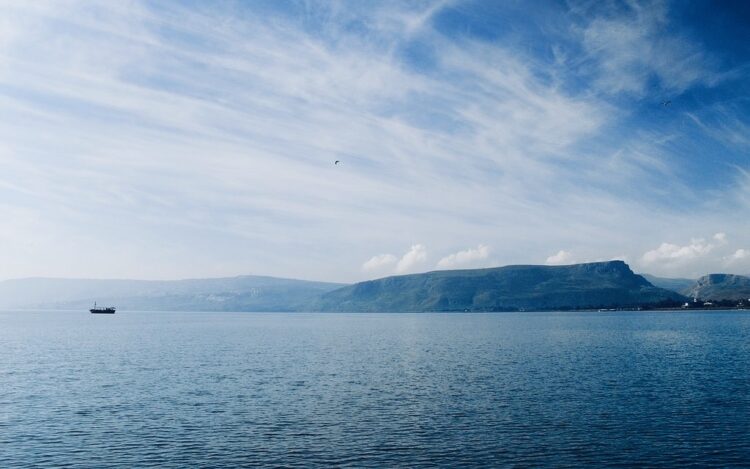
Five years later, while living in Israel as a temporary resident, I would periodically frequent the scenic beaches along the lake. During the Yom Kippur War, I watched Israeli Air Force jets streaking across its shimmering surface en route toward Syria. On other occasions, I viewed its majestic panoramas from various vantage points. I was never less than impressed by its beauty and aura of tranquility.
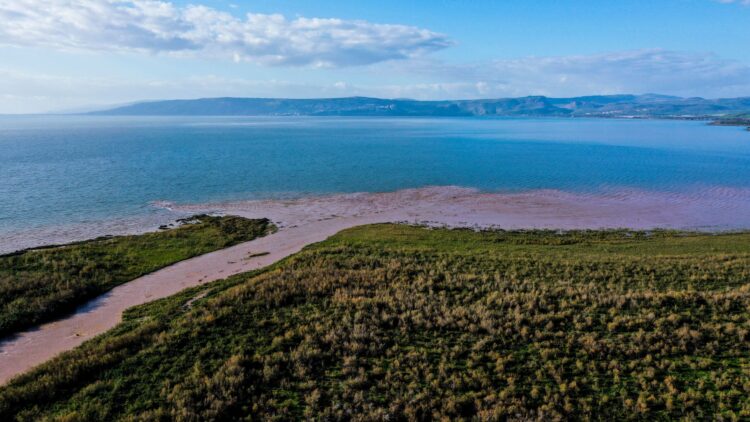
Alpert, a professional cinematographer born and raised on a kibbutz near the lake, examines it from the perspective of its usually unseen and generally unknown wildlife on land, in the air and in the water during all four seasons. The picture he paints of it is fresh and original and infused with wonder and vitality.
He focuses on several of its creatures, from shy jungle cats to noisy flocks of birds. Human beings are rarely seen in this film.
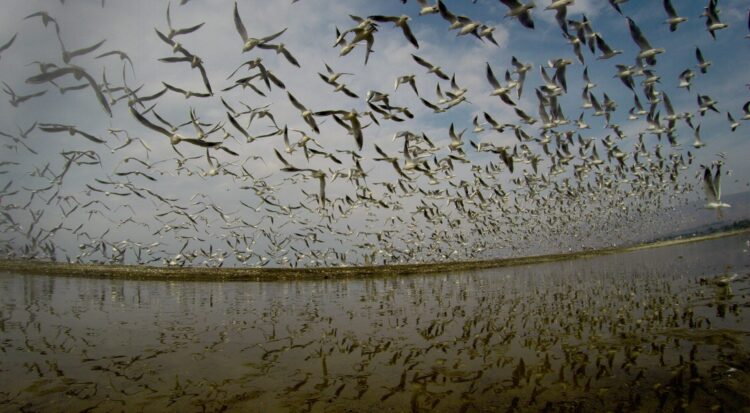
In one of the first scenes, thousands of migrating pelicans and storks from Africa land on the water in a flutter of feathers. A baby jungle cat runs along the shore, staying close to its protective mother. There is an abundance of fish from which to draw sustenance. Soon, the mother jungle cat will leave the kitten to fend for itself.
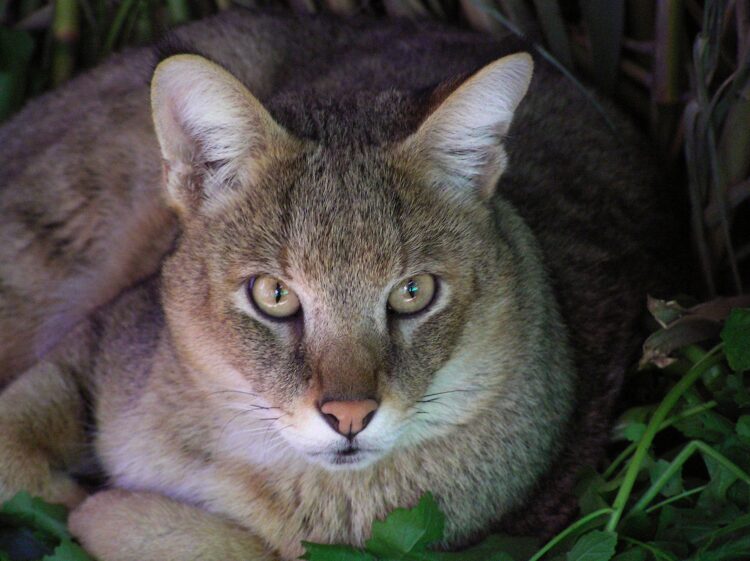
As the summer approaches, the lake shrinks, exposing oysters and a marsh tortoise on the sand.
Gusts of wind whip up sheets of water, transforming them into whirlpools which catapult stray fish into the crevices of boulders on shore. The kitten scoops up a fish and bites into its scaly skin. In another corner of the lake, an aggressive mongoose attacks a slithering snake.
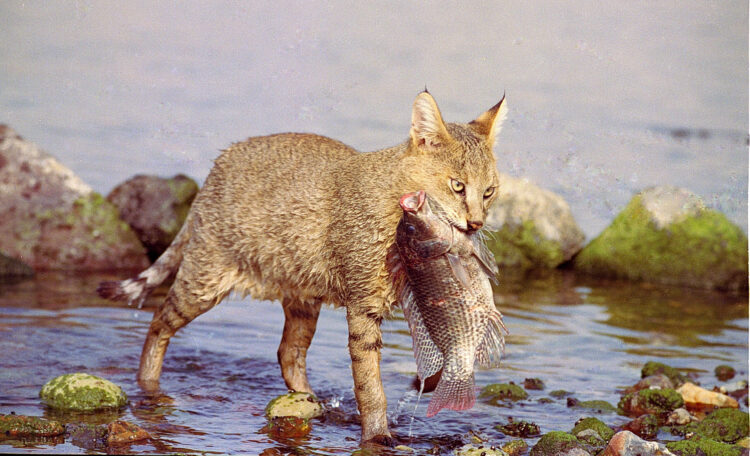
Having left the kitten to its own devices, the female jungle cat meets a male, and they bond. Having reached puberty, they eventually mate, producing a litter of newborns. The parents tend to their cubs affectionately.
The film’s evocative musical score is supplemented by ethereal Hebrew songs, which pay homage to the endless wonders of nature and the yearning of love.
As autumn dawns, seagulls and cormorants from northern climes descend on the lake in swarms. With the onset of winter, intense runoff from the Jordan River and its tributaries flows into the sea, replenishing it.
Flowers of all colors and shapes bloom in profusion on the gently rolling hills surrounding the sea, attracting caterpillars and then butterflies. Alpert, in a dazzling display of time-lapse cinematography, captures this astonishing show.
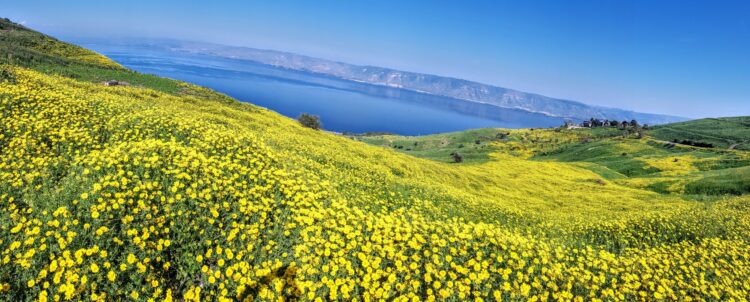
Over a crimson sky, clouds of birds fly over the sea. And in the wake of a storm, a rainbow appears. With the arrival of spring again, egrets and herons build nests in bushes and trees. And beneath the water, species such as catfish and tilapias mate.
These eternal rites are the crowning touches of the amazing cycle of life in and around the Sea of Galilee all year round.
